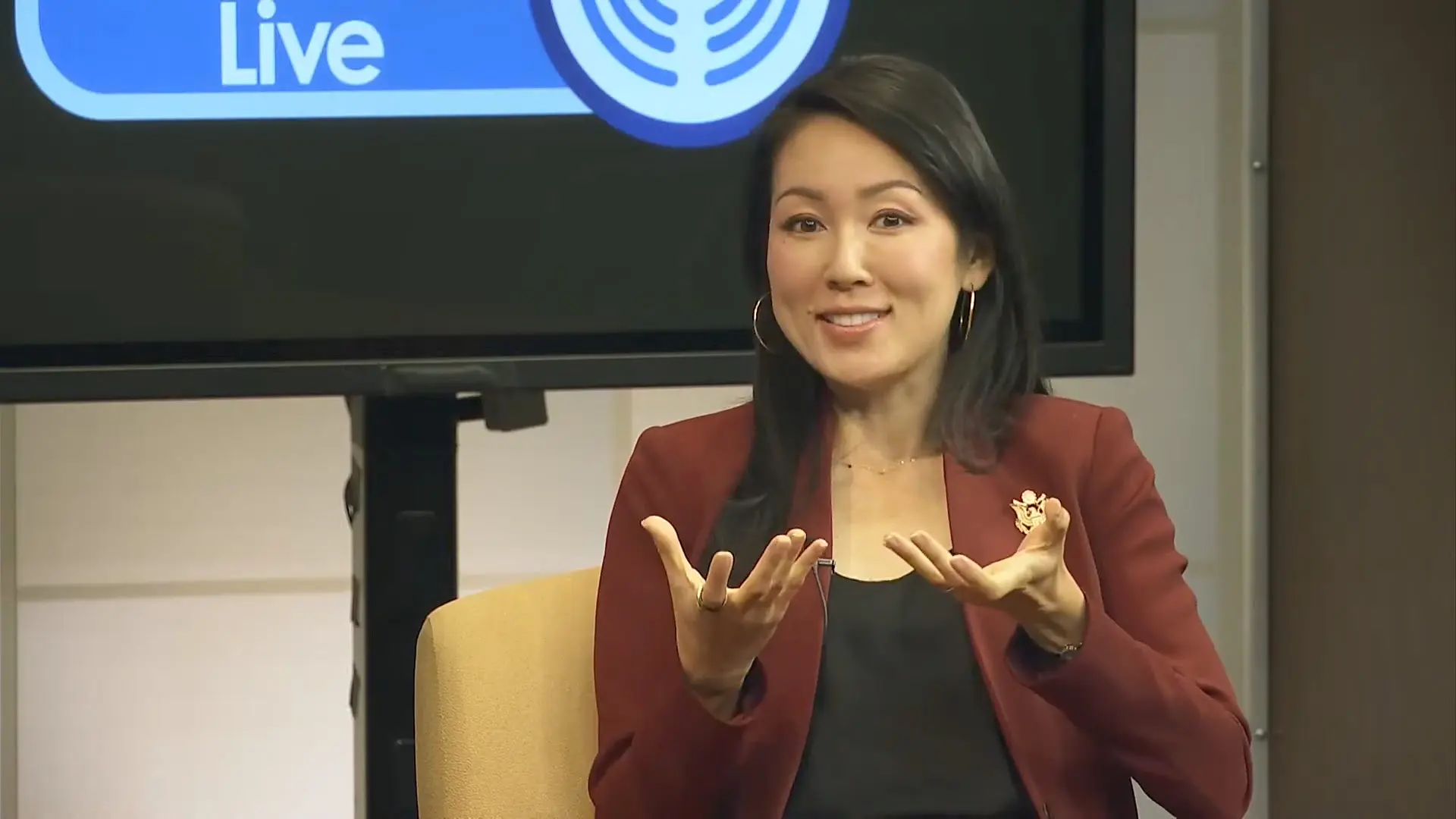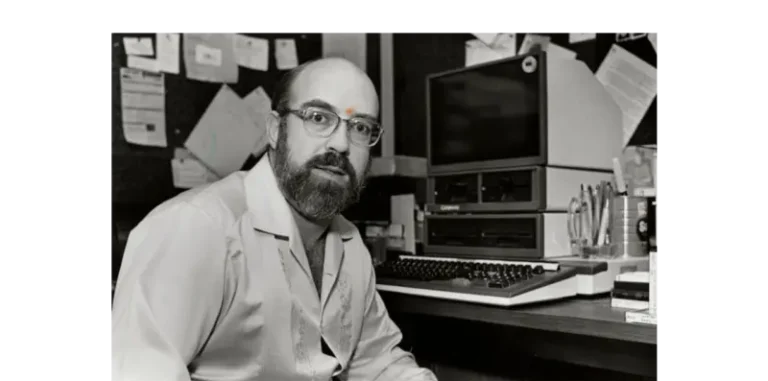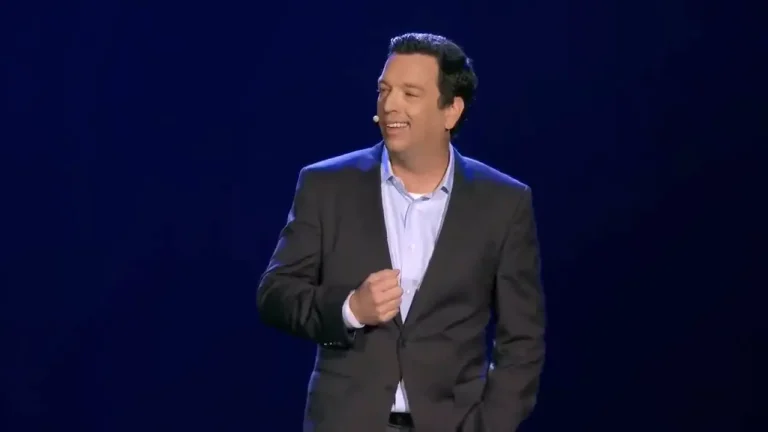Is Public Relations Dead? A Feisty PR Exec Says the Last Rites
Lulu Cheng Meservey makes the case for brand journalism ― without mentioning the name
Daniel Patrick Moynihan, a Harvard University professor and four-term U.S. senator, was as adept at attracting attention as he was at thinking about thorny policy questions.
Before his election to the Senate in 1976, he worked for four U.S. Presidents, including serving Gerald Ford as U.N. ambassador. In 1975, he was deeply concerned about a speech that Idi Amin gave to the General Assembly.
In the middle of the Cold War, the brutal Ugandan dictator condemned the U.S. and Israel, reflecting a growing sentiment among African countries that was fueled by the Soviet Union. Amin received a standing ovation.
The Ford administration didn’t want to respond to Amin, preferring to let the story die. But Moynihan thought differently. In a hastily written speech, he condemned Amin as a “racist murderer,” but unintentionally linked Amin’s position to other countries in the Organization of African Unity.
The speech provoked many African leaders, set off a news media storm, helped change the coverage of Amin and ultimately won Ford’s approval.
“There are morals to be drawn from this. The first is to avoid writing speeches in airplanes,” Moynihan quipped in a book he cowrote three years later. “Another, translated from the Gaelic, is that if you want an audience, start a fight.”
That adage is seemingly the motto of corporate public relations executive Lulu Cheng Meservey.
“Traditional PR is dead,” she said when she launched her own public relations firm last year.
Public relations pros are grappling with the problems she identified, even if they don’t agree with her remedy. We see in her denunciation reasons that organizations should shift to brand journalism, a different way to reach audiences, both external and internal.
New PR firm
Meservey, born in 1986, launched her firm after building a reputation for “unusual flair and aggression,” as Business Insider recently put it. She’s been head of communications for publishing platform Substack, defense tech company Anduril and game-maker Activision.
She was quick to take on reporters and now, with her own firm, she relishes pointing out on social media the PR flubs by corporate executives and politicians.
At the same time, she’s earned the praise of such tech stars as Sam Altman, CEO of the artificial intelligence firm OpenAI; Brian Armstrong, CEO of cryptocurrency exchange Coinbase; and Bari Weiss, co-founder of media company Free Press.
Meservey launched her own firm, called Rostra, with an 843-word attack on her own industry: “Go Direct: The Manifesto,” on her Substack, “Flack.” It’s unlikely to touch off the revolution that the name implies. Here are her three main points:
Meservey #1: “Traditional PR is Dead.”
“If press releases read like they were written by a baker’s dozen of middle managers, that’s because they were,” she writes. “The resulting stories are bland and generic, with passion reduced to pablum.”
If the releases result in stories at all. Most do not.
Public relations is like the body on the cart in a the body in the Monty Python musical. It’s not dead yet.
The decline is partly due to the diminishing number of news outlets, particularly for business news. Economists might say it’s an example of too many buyers (PR people) chasing too few goods (placements in publications), a classic recipe for inflation.
The demise is also partly due to the corporatization of public relations. PR people no longer build relationships with the reporters. They don’t think about journalists as customers or study them like sales prospects.
Here’s an approach that works: Start by giving reporters what they want, then work toward what you want to give them.
We believe in putting the relations back into public relations.
Meservey #2: “Communications is the founder’s job.”
“The best spokesperson for any endeavor is not the one who has the most polish, the longest tenure, or the ‘right’ credentials,” she writes. “It’s the person who holds the secret knowledge upon which the enterprise is built, the person who can not only describe the idea but, in the face of inevitable opposition, fight for it and win.”
Meservey is aiming her new PR firm at tech start-up founders who are smart but with little executive experience. But often CEOs of established organizations delegate to others the communication with employees, news media, and even analysts and investors.
“Our leaders are expected to deliver insight and inspiration,” my colleague Jim Ylisela has written.
Yet chief executives’ so-called soft and interpersonal skills haven’t changed from 2001 to 2019, researchers from the University of Chicago and Dartmouth University have found. Communication has grown in importance with employees and customers, but the boards who hire CEOs still haven’t stressed that skill.
Comms leaders need to step up by suggesting more comms training and counseling for frontline managers on up.
Meservey #3: “Go Direct or Go Home.”
“Today, most of the planet is directly reachable by social media or email,” she writes. “There’s no longer a need to go through traditional gatekeepers of information and brokers of reputation — especially as their own credibility has plummeted.”
That’s partly why we recommend brand journalism as a better way to connect with employees, customers and the public. Use journalistic techniques, such as reporting and storytelling, “to tell your own story.”
Many brand journalists have stopped issuing press releases in favor of breaking their own news on their own websites. The news media is still important, but instead of pitching puffy releases, brand journalists are pitching news stories in a format that’s familiar to reporters and editors.
Brand journalism strips away the hype and self-promotion that irks reporters and editors.
We’re also convinced that organizations should “go direct,” developing their own audiences, but Meservey’s manifesto misses the mark by underestimating the credibility that “earned media,” stories in news outlets, can confer.
Moreover, Meservey’s model is heavily dependent on the CEO, which makes it “difficult to execute at scale,” as the Business Insider story said.
But brand journalism is designed to operate at scale. We help clients change their communications operation to be more like their counterparts in the news business, with people that perform the roles of editor and managing editor.
“Brand journalism is certainly a content strategy, but it’s also a management strategy,” Ylisela has written.
Moynihan, who died in 2003, had a quick wit, partly why he was a favorite of reporters.
He had a saying, “What is not discussed will not be advanced.”
Now would be a good time for many organizations to discuss making the change to brand journalism.
Good PR people are worth their weight in gold. Press releases aren’t worth spit. Or so says Tom Corfman, a senior consultant with Ragan Consulting Group, who directs the media relations advisory practice. He’s a former reporter and editor for the Chicago Tribune and Crain’s Chicago Business.
Contact our client team to learn more about how we can help you with your communications. Follow RCG on LinkedIn and subscribe to our weekly newsletter here.







